- Services
- Hair transplant
- Beard Transplant
Get the Best Beard Transplant in Turkey!
Get a natural, fuller beard with Prof Clinic Istanbul. Our expert surgeons specialize in advanced beard transplant techniques for permanent, masculine results. Beard has always been essential to men…
The Beard Comeback From History to Modern Trend
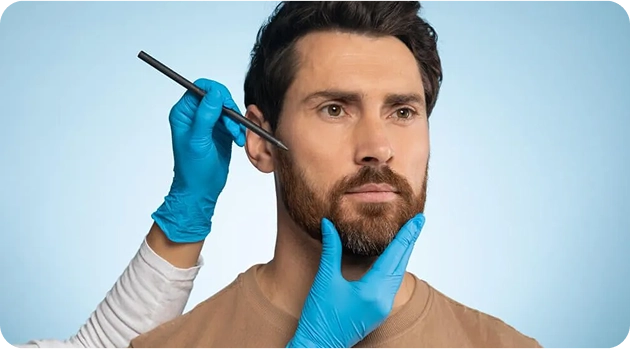
Historic Significance
Beards have always symbolized strength and masculinity. From leaders like Abraham Lincoln to modern icons, facial hair has stood the test of time, making beards a lasting symbol of confidence.
Emotional Impact of Beard Loss
Patchy or thin beards often affect men’s confidence and self-image. Today, beard appearance is strongly linked to personal style, masculinity, and self-esteem — making beard transplant in Turkey a life-changing solution for many.
The Influence of Social Media
Platforms like Instagram and TikTok turned full, well-groomed beards into a global trend. A beard transplant in Istanbul helps men achieve the stylish, attractive look that dominates social media.
Celebrity Endorsement and Trend Growth
From Brad Pitt to Ben Affleck, celebrities embracing beards — and even undergoing beard transplants — boosted the popularity of the procedure. This trend made beard restoration in Turkey both fashionable and mainstream worldwide.
What Is a Beard Transplantation?
What Is a Beard Transplant?
A beard transplant in Turkey involves transferring healthy hair grafts from the back of the head or dense beard areas to patchy or hairless zones on the face. Using the advanced Micro FUE beard transplant technique, the procedure is performed under local anesthesia and usually takes about 6–8 hours.
Effective and Permanent Results
Unlike temporary grooming or barber fixes, a Turkish beard transplant delivers permanent, natural-looking results. Most patients see a full, even beard after just one session, while others may need a follow-up for maximum density.
Personalized Beard Design
Every face is unique — that’s why our specialists design a custom beard style to match your features. This ensures your transplanted beard looks natural, balanced, and masculine, giving you lifelong confidence and a style that truly suits you.
Advantages of Beard Transplant in Turkey
Enjoy a full, bushy, and natural-looking beard with a professional beard transplant in Turkey.
After the procedure, you can shave and style your beard freely just like natural hair.
Every beard transplant in Istanbul is carefully planned to match your facial features for a balanced, aesthetic look.
You have the freedom to choose the beard style you’ve always wanted.
Beard transplants can also enhance your look by reshaping sideburns and creating a sharp, masculine outline.
Which Method Is Used in Beard Transplantation?
- At Prof Clinic Istanbul, beard transplants are performed using the advanced Micro FUE method. For maximum precision and natural results, we also offer the Sapphire FUE beard transplant, where sapphire blades are used to open the canals and ensure smoother healing.
Where Is the Donor Hair Taken From?
- In a beard hair transplant Turkey, grafts are usually taken from the back of the scalp or from dense areas around the neck and jawline. The donor area is selected based on your individual condition, ensuring healthy growth and long-lasting results.
Beard Transplant at Prof Clinic Istanbul
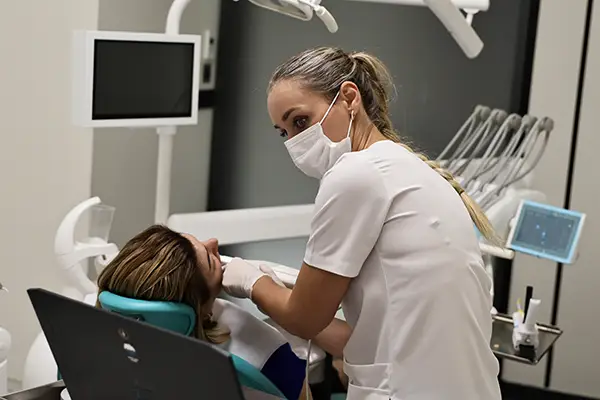
Health Inquiries?
Reach out for expert care
Process and Healing After Beard Transplant in Turkey
- Fast and Smooth Recovery: After a beard transplant in Turkey, patients experience a quick healing process with no visible scars. Temporary redness, swelling, or dryness may appear but usually disappear within a few days.
- First Days After Surgery: Because the procedure is done on the face, some swelling may occur in the first 2–3 days. At Prof Clinic Istanbul, these symptoms are minimized with proper aftercare, medication, and ice applications for faster beard transplant recovery.
- Post-Operative Care: Pain is uncommon after a beard transplant. However, patients must sleep in the correct position to protect the newly transplanted grafts. At Prof Clinic, detailed instructions are provided to ensure safe healing after beard transplant.
- Back to Daily Life: Most patients can return to work within a week. While it’s medically possible to resume activities after 2–3 days, we recommend taking at least one week off for maximum comfort and confidence.
- Visible Improvements: During the first 2–3 weeks, redness decreases, swelling fades, and the beard starts forming naturally. Patients often receive positive feedback and feel reassured about their decision for a beard transplant in Turkey.
- Shedding Phase: It’s normal for 50–80% of the transplanted beard hairs to shed temporarily. By the 3rd or 4th month, new beard growth begins, leading to natural, permanent results from your beard transplant.
Real Patients. Real Results.
Browse verified before & after results for hairlines, smiles, and full makeovers — dental implants, veneers, and hair transplants in Istanbul.
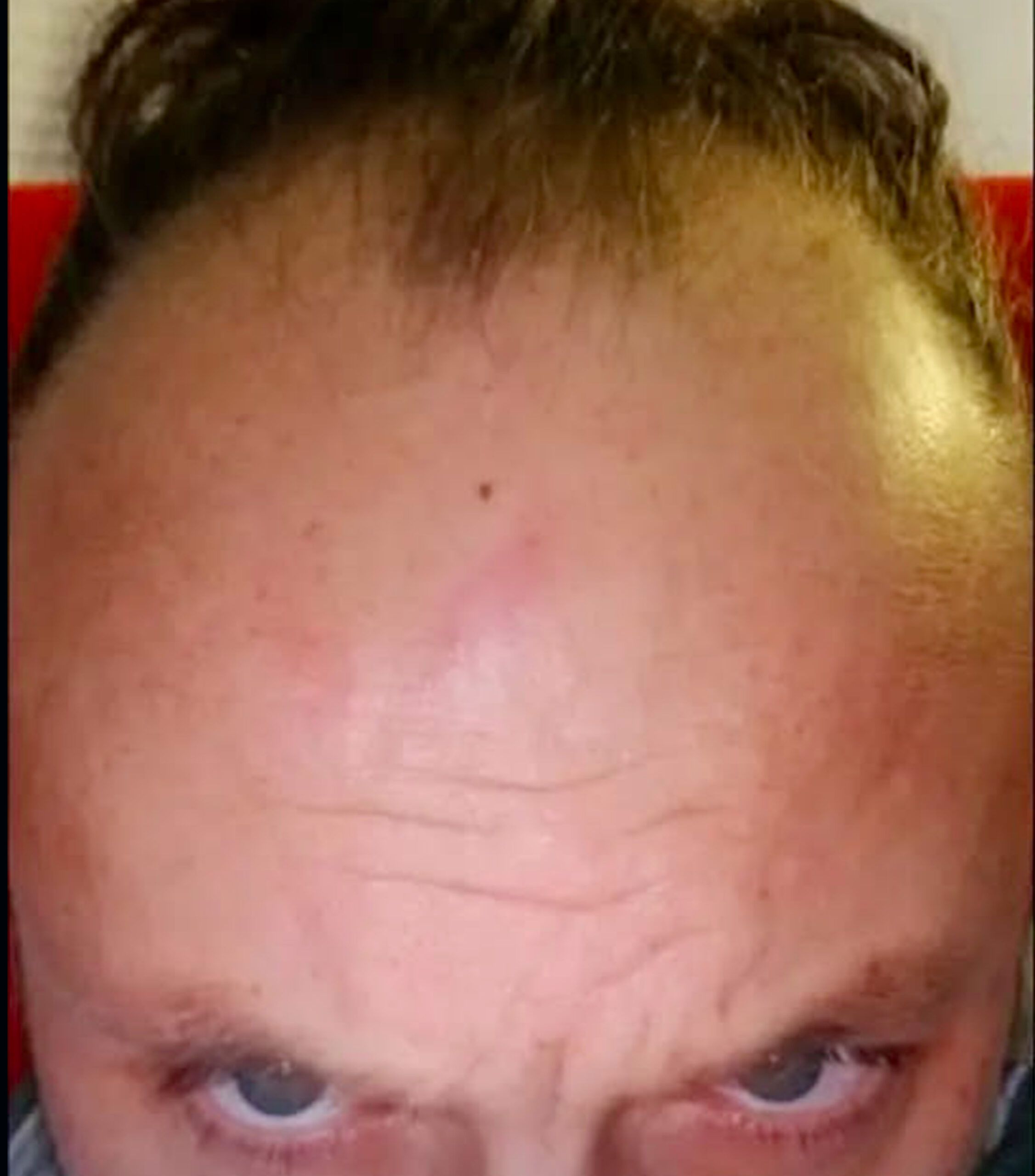
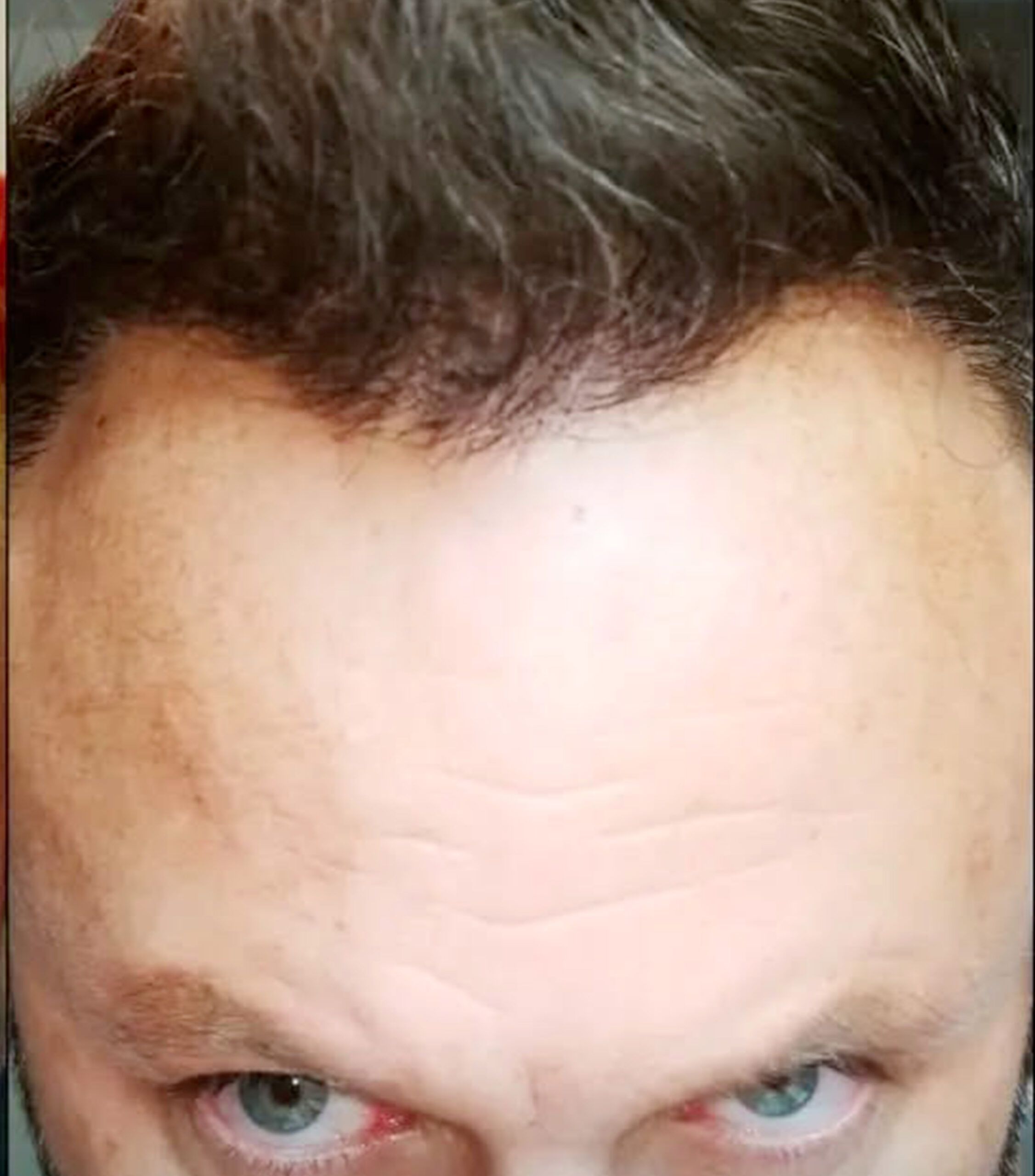
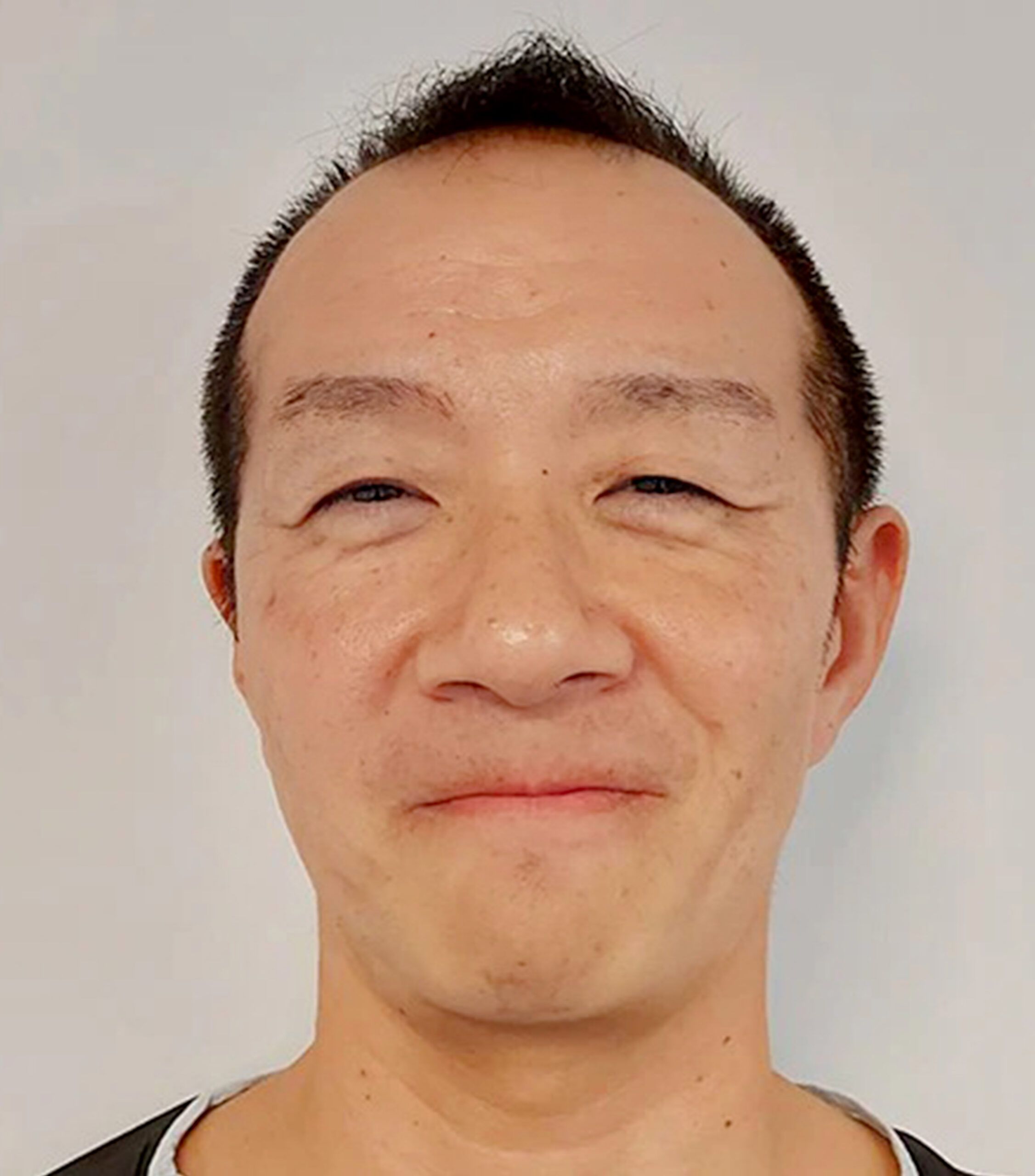
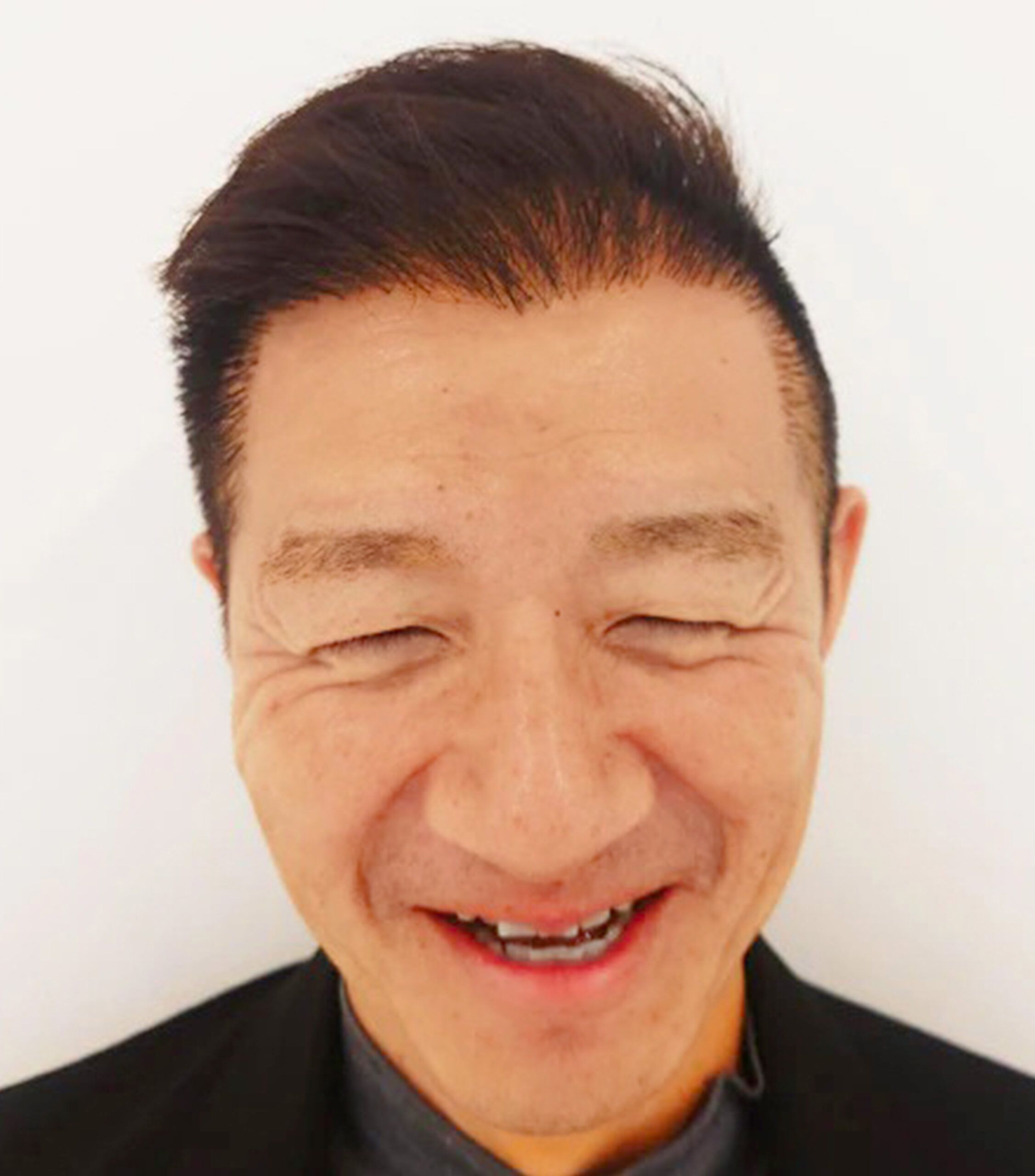

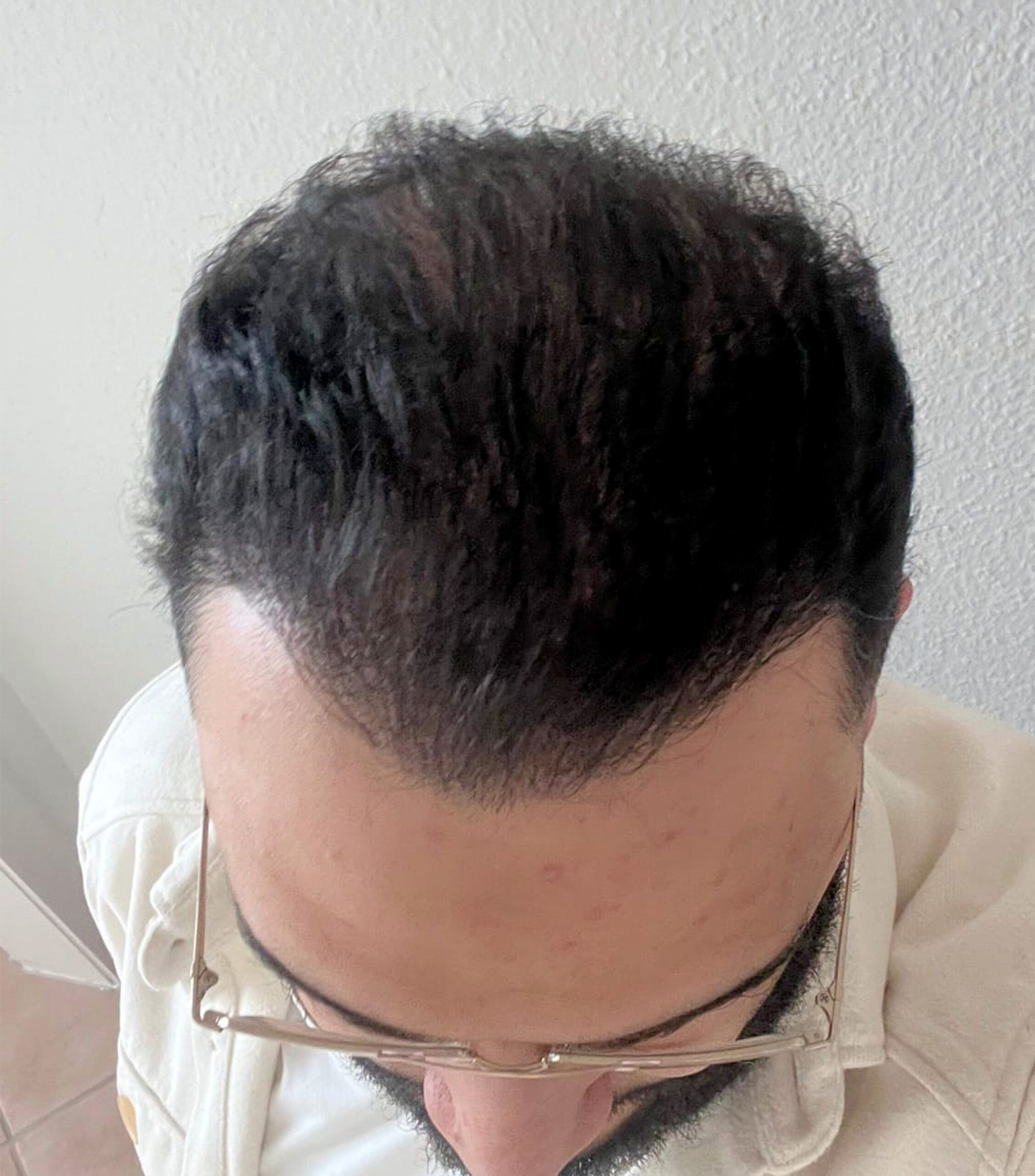
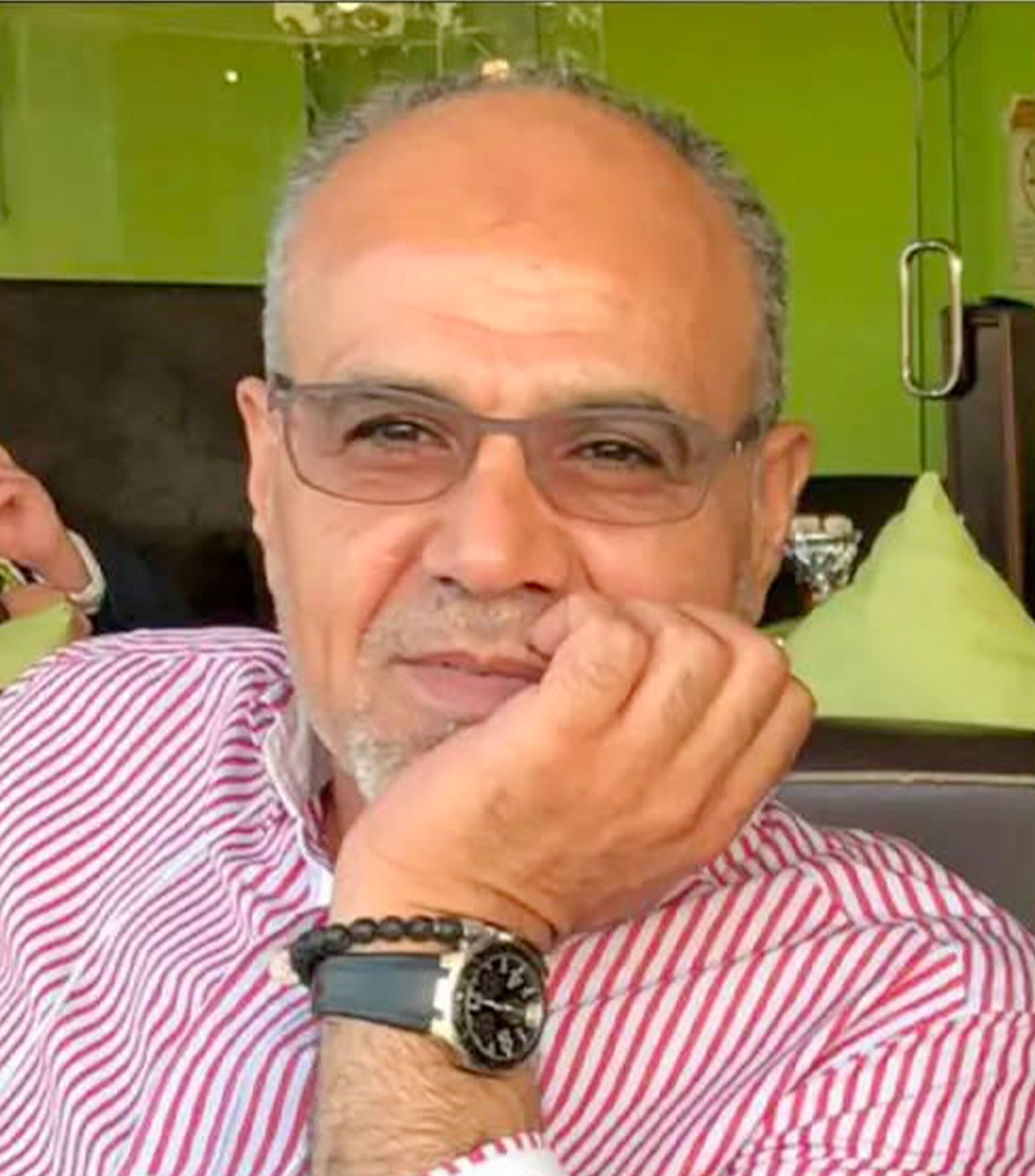

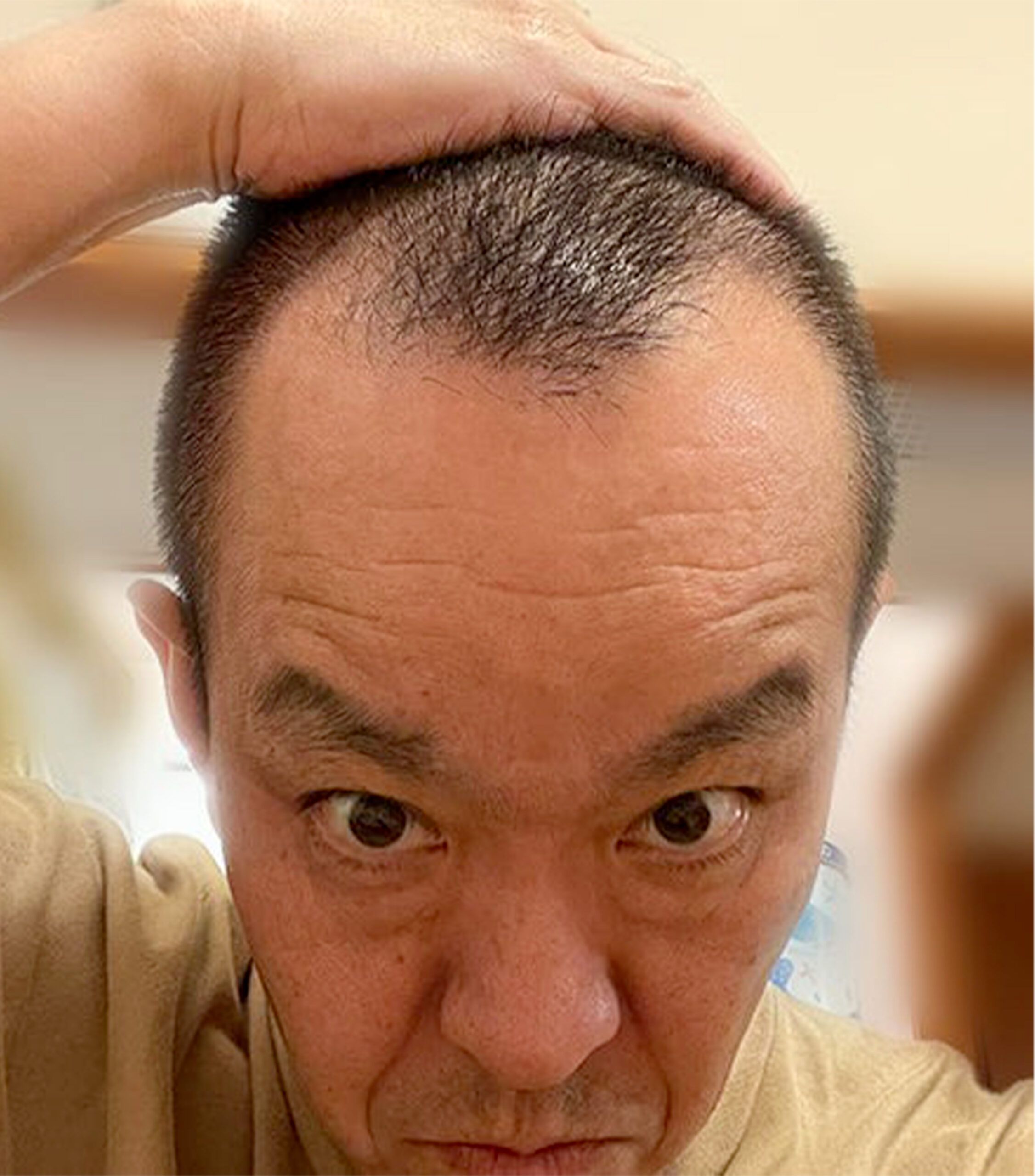
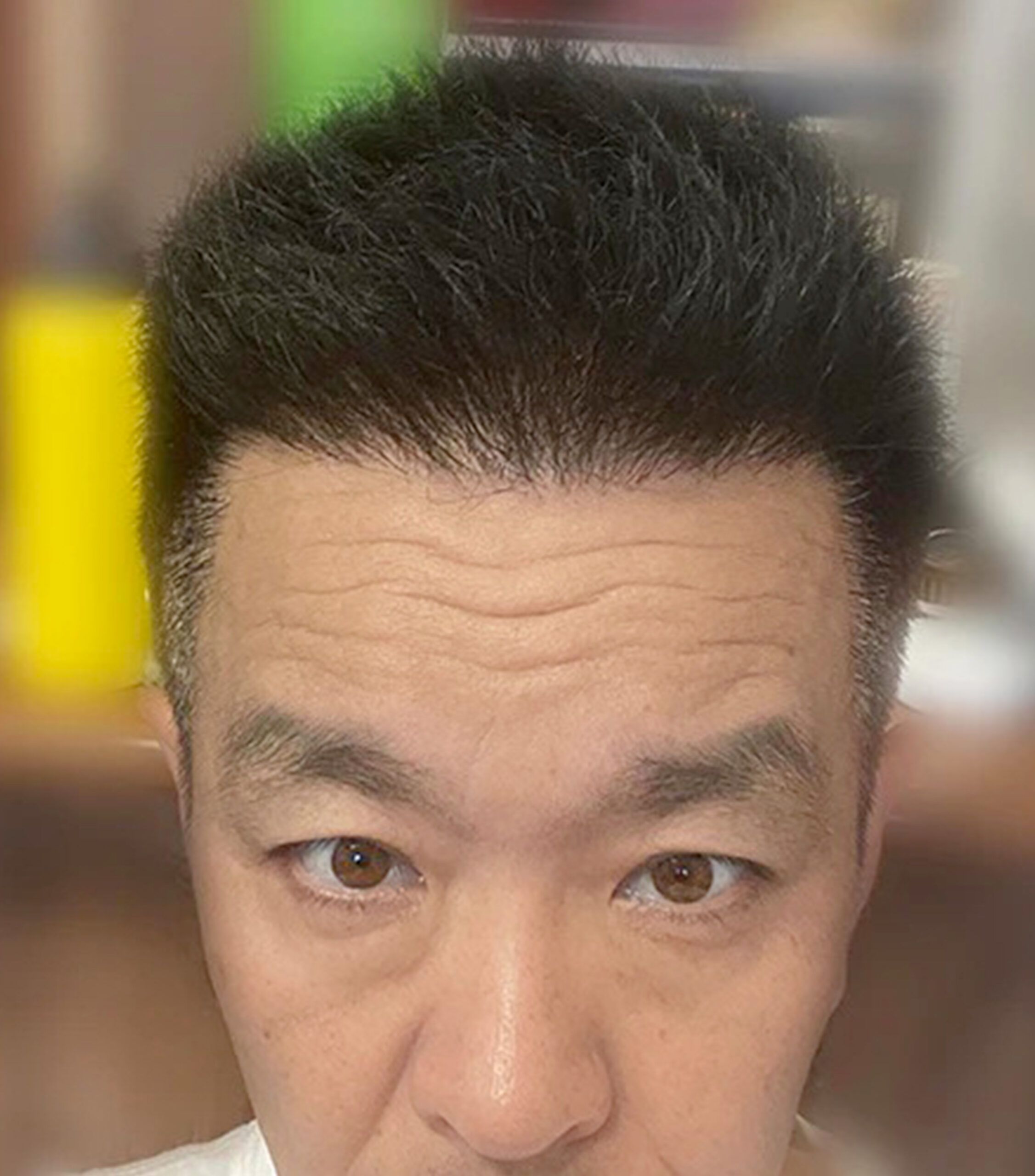
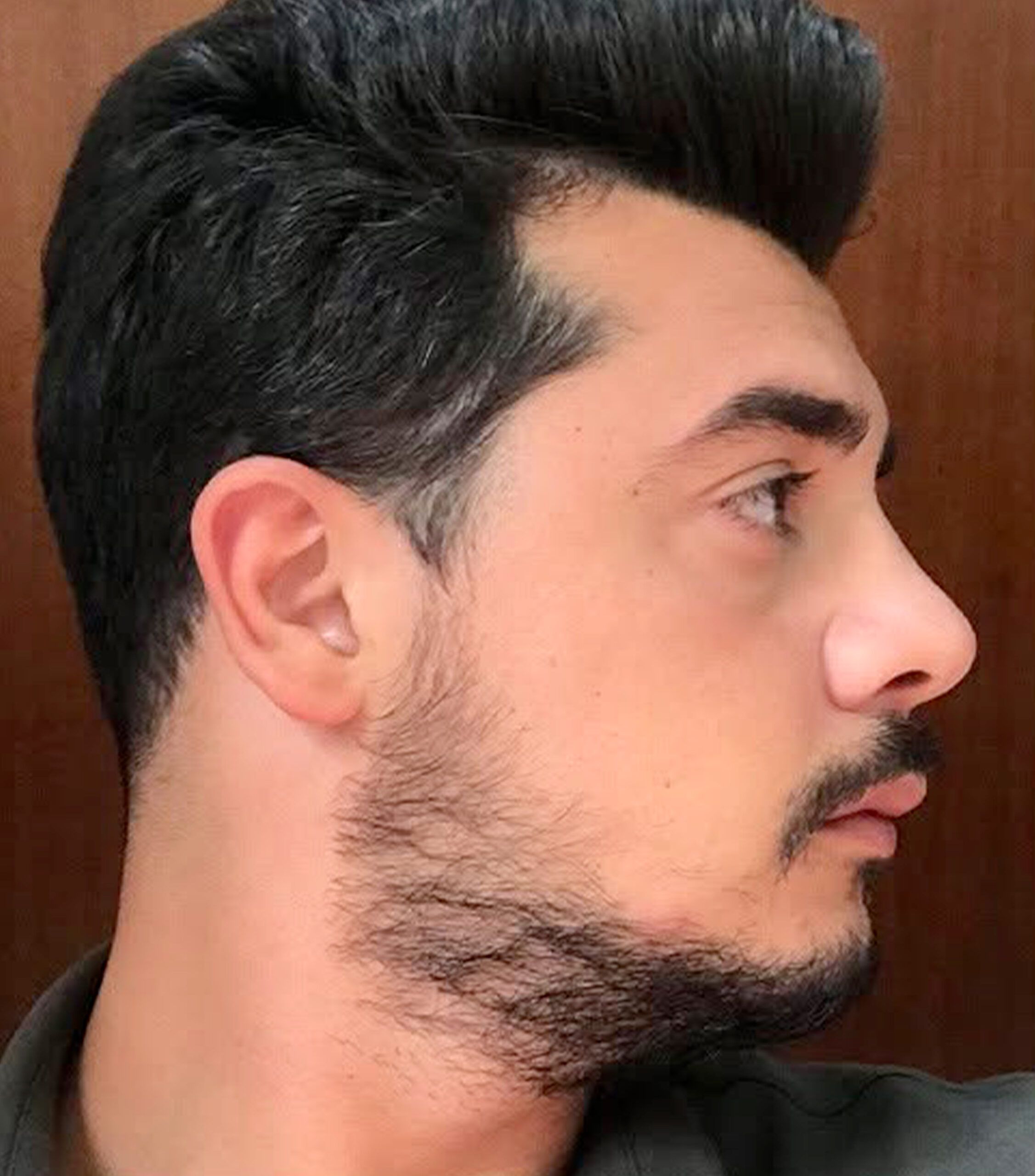
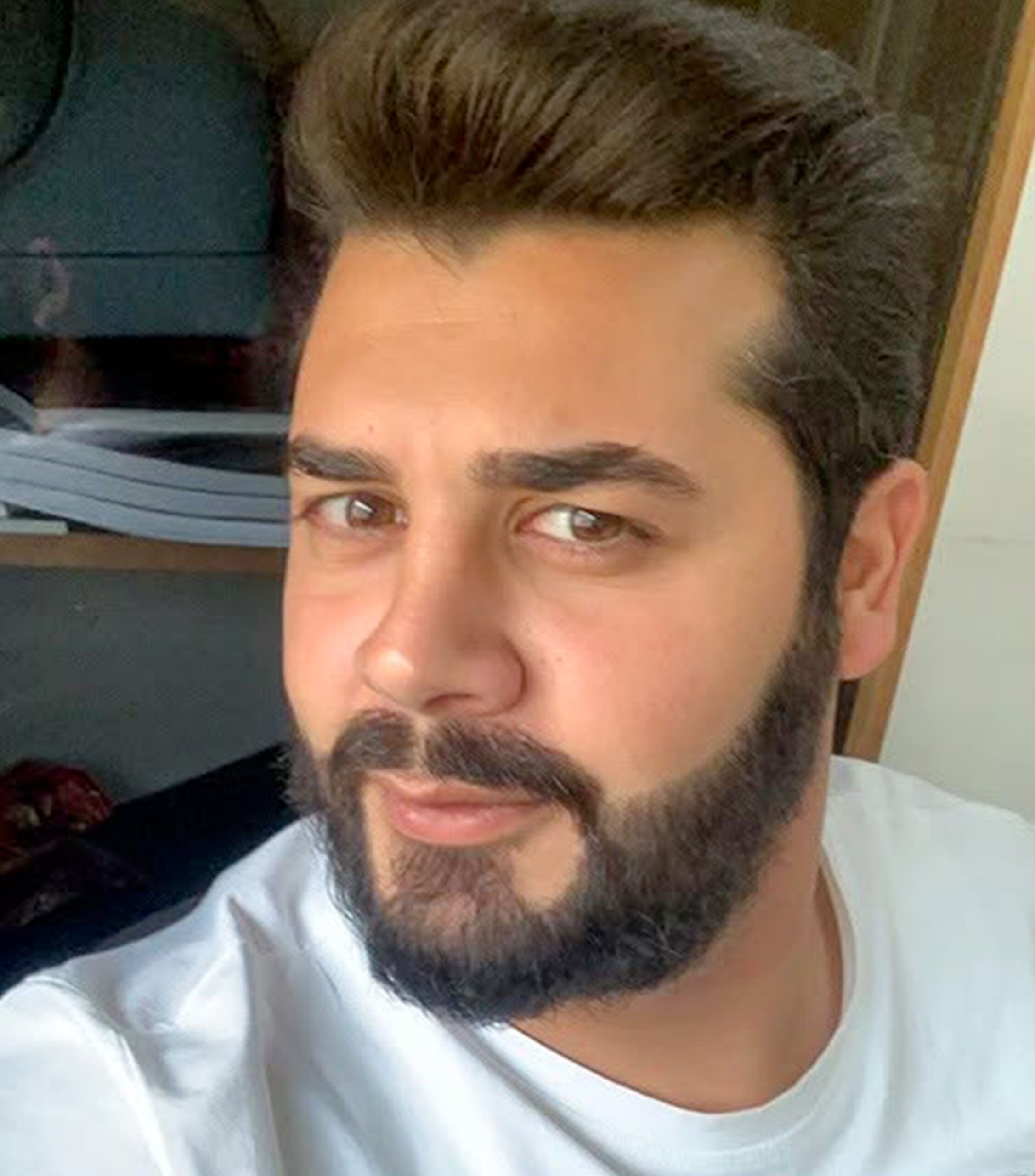
What our patients say
+100 K Happy Clients and Counting in +80 Countries
168 Reviews
Add Your Review

Hey everyone I thank you for your…
Hey everyone I thank you for your professionalism the stuff amazing thank you Rania and chaima

I had a great experience at this dental…
I had a great experience at this dental office. The staff is truly accommodating and goes out of their way to work with your schedule and needs. They're reliable - appointments run on time and they follow through on everything they promise. Most importantly, they create a client-friendly atmosphere ...

My husband received dental services…
My husband received dental services from Prof Clinic and the procedure was so quick and straight to the point. He was in and out in an hour. We appreciate the surgeon, and we look forward to better oral health do him.
Our experience with the clinic was...
Our experience with the clinic was... Our experience with the clinic was amazing with the first and second visit the whole staff member are outstanding from Coordinator Rania, Sam and Dr Layla Dr ginger. One of the best organized and professional people l ever meet. Me and my brother ...

Smile review
Had an excellent experience from arrival to departure. My medical consultant Rania was second to noone . She stood with me during difficult times, she guided and comforted me throughout the process. It would be incomplete if I leave out my Doctor Oruqun who was patient and made sure ...

I had a rhinoplasty in November
I had a rhinoplasty in November. Everyone was very kind. I enjoyed a smooth and reassuring experience. Would recommend !

Thank you for everything am happy with…
Thank you for everything am happy with my smile thank prof clinic for your professionalism 🌺

I had a great experience at this dental…
I had a great experience at this dental clinic. while getting three crowns done on my teeth. The quality of their work was great, and I’m very happy with the results. The whole team does an excellent job, and I want to give a special mention to Rania—she is ...
Ranya was so helpful
Ranya was so helpful. She greeted me and made sure I was comfortable. Same with Lilan she was patient with me in this journey. I am so grateful to these ladies. Dr. Diler a chefs kiss with my new smile.

All good the stuff the doctor clinic…
All good the stuff the doctor clinic clear professional استقبال تنظيم الشراكات ممتاز شكر خاص ل Thank you again guys رانيا ل جاد كانو معي بعد أربعة اشهر برجع

Adrian
Amazing person! Was hardly to start writing this review. On rare occasions, I have had the opportunity to meet a person with so many good qualities and skills. This person who I'm referring to is Linda, my medical consultant from Prof Dental Clinic .Great character! Can not wait to ...
Seamless coordination and professional…
Seamless coordination and professional dentists who knew what to do. I am happy with the results.
What a great experience I had with Prof…
What a great experience I had with Prof Clinic. I received a very good treatment, I was picked from the airport and straight to a very classy hotel. Following day, I was picked up by a clean taxi straight to the clinic. I will remain with Prof clinic for ...
Amazing experience
My experience with Prof Clinic in Istanbul was excellent. I communicated with the medical consultant Mike, and he was very kind and helpful from the very beginning. He welcomed me at the airport and arranged my hotel stay, making the whole process smooth and clear. My dental treatment was ...
Excellent Service
Excellent Service, very kind team ,Honestly im supposed of that great job, Thanks Natural Clinic

It was a great experience i did my…highly recommended 👌
It was a great experience i did my teeth 😬 treatment with roots canal and they did great job. Pick me up from airport and give me nice hotel and also there team doctor are really personal specially Linda she is a great representative of there clinic amd professional. ...

Hollywood Smile
I went with my daughter for a Hollywood Smile, and the whole process was incredibly smooth and precise. We first had a consultation with Dr Ammar, who clearly explained every detail and suggested the perfect treatment plan for us. We were truly impressed by the care and attention we ...

Very professional and high quality
The work on my teeth was done professionally and relatively pain free. The organization is perfect and makes the entire experience a breeze; from being picked up at the airport, staying in 5 star hotels, being chauffeured to and from the clinic daily. I didn’t need to worry about ...
I'd like review my experience with Prof…
I'd like review my experience with Prof clinic and their outstanding service. I was evaluating many choices to fix my teeth and because of John who described everything well and provided me excellent information to decide what and how to do. Highly recommend

My experience was just what I…
My experience was just what I expected!! WONDERFUL!! Everyone was very understanding and answered all questions I had!! Sham was my coordinator and she was amazing!! Her being able to understand my language was a plus as well!! Mona was my consultant, she ensured me that I was in ...


Frequently Asked Questions

Health Inquiries?
Reach out for expert care
Curious About Patient Experiences?
+100 K Happy Clients and Counting in +80 Countries
Just contact us, then experience the benefits of Prof Clinic.
We will arrange everything for you.
CONSULTATION !
